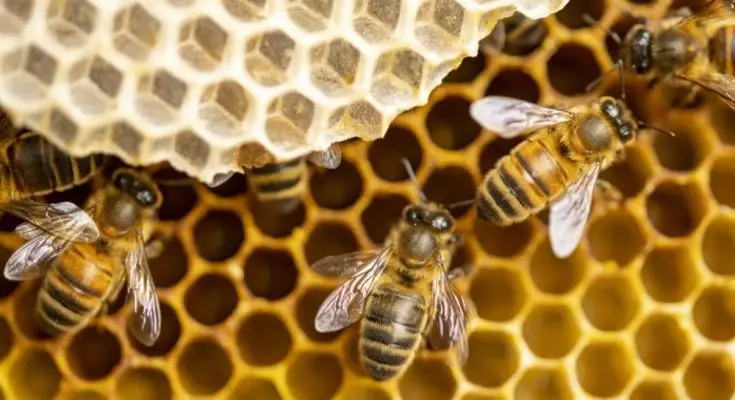People who live with cold winters several months out of the year have probably never seen a honey bee during that time. But they cannot just disappear. Where do they all go?
In this article, we will explore what honey bees do all winter. You will see that “busy bees” do not deserve their nickname just for making honey but also for the backbreaking work they go through each winter to survive. Hopefully, you will walk away from this article with a greater appreciation for what it takes to be a honey bee.
Set Up for Success
A hive’s success depends primarily on how well they prepare for the winter. They need a healthy population size, bounteous honey stores, and a safe home. Beekeepers must prepare their hives for the winter with the right amount of food to stave off starvation. Winter honey bees are different from their summer relatives. Winter honey bees are plumper and have a longer lifespan.
Drones Die
Hives contain separate castes. There are drones, the male honey bees; workers, the female honey bees; and queens. However, once the winter weather sets in, the caste system goes through major changes. Worker honey bees will drag drones—now no longer needed for mating with the queen—out of the hive and not allow them to return. This leaves only the queen and her workers to survive the winter.
Swarm for Warmth
The remaining worker honey bees group together to create a tightly formed cluster around their queen to survive the cold. This is what honey bees do all winter. They build a cluster so compact that its core can be as hot as 100 degrees Fahrenheit. The surface of the cluster, or its mantle, fluctuates around 50 degrees Fahrenheit. When the temperature outside dips below 50 degrees Fahrenheit, honey bees will leave their hives to dispose of waste.
Additional Resources:
Peanut Butter
Water



